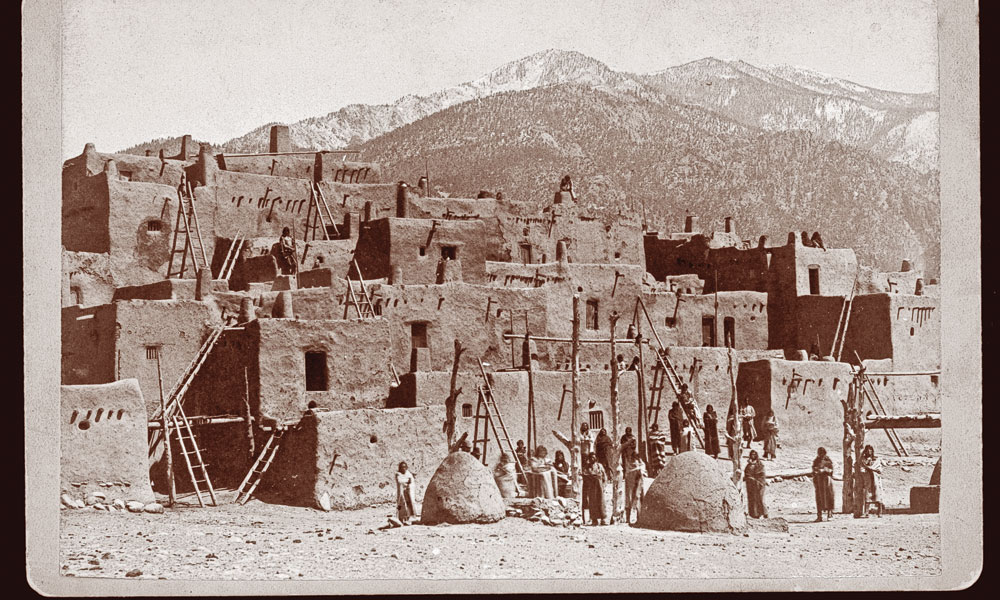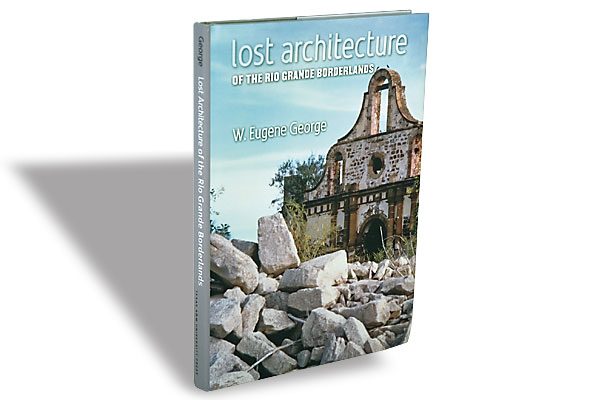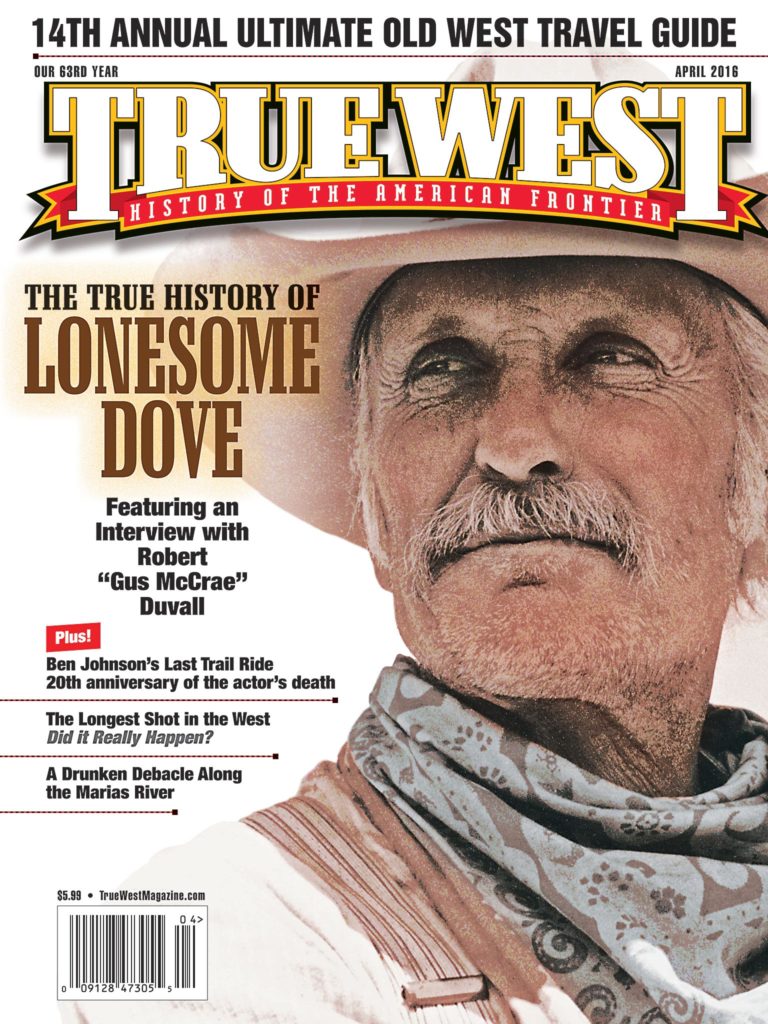
– Courtesy of Library of Congress –
It starts in Colorado, and is most identified as the Texas-Mexico border, but the Rio Grande flows through New Mexico, too.
Years ago, a friend of mine and I canoed for two days down the “Great River” on the Ute Mountain run, a 24-mile trip from just over the Colorado line to just above Taos. I wouldn’t recommend that to anyone, unless they really enjoy constantly paddling a canoe. Scenic? Certainly, with the canyon walls stretching up to 800 feet above you. Float trip? Not with the wind whipping into your face. Those Class II rapids are nothing to worry about, by the way, but that’s a Class VI takeout, hauling a 60-foot canoe up Lee Trail.
But fear not. There are easier ways to soak up the river’s New Mexico history. And you don’t even have to get wet.
Make the new Río Grande del Norte National Monument your first stop. Established in 2013, this 242,500-acre area showcases volcanic cones, deep canyons, wildlife and hiking trails. You can see 10,093-foot Ute Mountain, though I saw enough of that paddling my butt off a long time ago.
Francisco Vasquez de Coronado might have passed through this area in 1540, while petroglyphs, prehistoric dwellings and archaeological sites show how long people have tried to live in this country. It’s still a hard place to live. Abandoned homestead sites from the 1930s can also be found.
Kiowas and Comanches traveled through Questa on the Kiowa Trail. Miners came here, too. About four miles northwest of Red River (a short, scenic deviation down New Mexico 38) stand a few ruins of the 1890s mining camps of Midnight and Anchor. Although legend has it that the town got its name because “midnight was the liveliest time of day,” it was actually named for the Midnight Mine.
Longer-lasting towns are San Cristóbal and Arroyo Hondo, south of Questa.
Although Severino Martinez (he changed his last name from Martin to Martinez) was given the San Cristóbal Grant in 1815, the village wasn’t founded until the 1860s, and the church wasn’t finished until 1837.
Arroyo Hondo dates to the early 1800s. Death Comes for the Archbishop’s own Jean-Baptiste Lamy visited Arroyo Hondo in 1852 and was talked into establishing a parish. Nuestra Señora de Los Dolores still holds Mass every Sunday.
During the Taos Revolt of 1847, Simeon Turley survived the Indian assault on his mill near Arroyo Hondo. Six to eight of his employees were killed, but Turley managed to make it to Pueblo, Colorado, where he told mountain man Uncle Dick Wootton about the uprising.
Which brings us to Taos.
Taos was established in 1615, but the nearby pueblo, one of America’s oldest continuously inhabited communities, was first built between 1000 and 1450. Taos witnessed the Pueblo Revolt of 1692, the Taos Revolt of 1847 (check out the Governor Bent Museum and Gallery) and the much less bloody establishment of the Taos Society of Artists around 1915.
Art and artists are still a big part of Taos. The Harwood Museum of Art, Taos Art Museum (at Russian artist Nicolai Fenchin’s 1927 house), Millicent Rogers Museum (for Indian jewelry), E.L. Blumenschein Home and Museum and the Couse-Sharp Historic Site (tours by appointment) superbly illustrate the city’s art history and legacy. And, the San Francisco de Asis Mission church in Rancho de Taos (think Georgia O’Keeffe and Ansel Adams) still attracts artists and photographers.
For hard-core history buffs, however, there is also plenty to see.
Topping the list is the Kit Carson Home and Museum. Carson arrived in Taos in 1826. Two years later, he began his career as a fur trapper. In 1843, he married Josefa Jaramillo and bought this three-room home. Eventually, they moved to Colorado, where Josefa died in Boggsville in 1868 and Kit followed a month later. In 1869, their bodies were moved to what is now Kit Carson Park in Taos.
For a look at life during the Spanish Colonial period, check out the 21-room Hacienda de los Martinez. The hacienda was built in 1804 by Severino Martinez.
The scenic River Road follows the Rio Grande to Espanola. For more history, climb into the mountains to Los Alamos-White Rock-Bandelier.
Ancestral Pueblo peoples lived at Bandelier National Monument between 1150 and 1550, not far from the atom bomb’s birthplace, Los Alamos (Bradbury Science Museum). White Rock’s overlook offers an amazing vista of the Rio Grande as it cuts into White Rock Canyon.
Then make time to see Santa Fe.
Americans have been flocking here since William Becknell opened the Santa Fe Trail in 1821. Billy the Kid spent time in jail here—now Collected Works Bookstore, one of the top indy bookstores in America—while Lew Wallace wrote much of Ben-Hur at the Palace of the Governors, now part of the fabulous New Mexico History Museum campus.
From Santa Fe, we’ll leave the mountains for the desert.
Founded in 1706, Albuquerque boomed with the arrival of the railroad in 1880—in more ways than one. Trigger-happy constable Milton Yarberry was hanged in Old Town in 1883. Want museums? Take your pick: Albuquerque Museum of Art and History, National Hispanic Cultural Center, Indian Pueblo Cultural Center, American International Rattlesnake Museum or Turquoise Museum. But make sure to stroll through Rio Grande Nature Center State Park before you follow the river south.
El Camino Real de Tierra Adentro linked Santa Fe with Mexico City. Bird-lovers still flock to Bosque del Apache National Wildlife Refuge, south of Socorro.
During the Civil War, Confederate soldiers followed the Rio Grande in General Henry Hopkins Sibley’s 1862 invasion. Heading north—hoping to seize the gold mines in Colorado—the Confederates met Union soldiers at the Battle of Valverde near Fort Craig. Eventually, they would make it to Santa Fe before being forced to turn back after the Battle at Glorieta, east of Santa Fe. The defeated Rebels limped back to Texas. Roughly 500 Texans fell to wounds and disease. Sibley went down in history as a drunk and an idiot.
The Valverde battlefield is on private property, but the ruins of the fort, and a small museum, can be toured on Bureau of Land Management grounds. The story of the 1,500-mile trade route from San Juan Pueblo (Ohkay Owingeh) to Mexico City is chronicled at the nearby El Camino Real Historic Trail Site.
At Truth or Consequences, you might want to get wet. Before it took the name of a popular TV show, the town was called Hot Springs. The first bathhouse opened in the late 1800s, but those rejuvenating waters didn’t bring many tourists to town until the construction of Elephant Butte Dam began and the city was nicknamed the City of Health. Today, ten bathhouses can be found in the walkable historic hot springs and commercial district. Geronimo Springs Museum is worth visiting to learn more about the area’s history.
Before Las Cruces, the river flows near Radium Springs, where Buffalo Soldiers found a home at Fort Selden. All that remains of the fort, established in 1865, are adobe ruins, but this state monument has an excellent museum. The post was also home to young Douglas MacArthur, whose father commanded Selden in the late 1880s.
From there, the river flows southward.
Mesilla was the gateway to New Mexico before Las Cruces took over. In Mesilla, Billy the Kid was convicted of murdering Lincoln County Sheriff William Brady during the Lincoln County War. Billy’s killer, Pat Garrett, shot down in 1908 east of Las Cruces, is buried in the city’s Masonic Cemetery.
In Las Cruces, the New Mexico Farm and Ranch Museum chronicles the state’s 3,000-year-old agricultural legacy, while the Las Cruces Railroad Museum, housed in a Santa Fe Railroad depot, tells the area’s history of rails. Mesilla’s Gadsden Museum (advance appointments recommended) is small, and strolling around the historic plaza is an enjoyable way to pass time.
Then, the Rio Grande flows into Texas. But that’s another story.
Yes, Johnny D. Boggs does live just outside of Santa Fe, New Mexico. No, you may not stay at his house.





